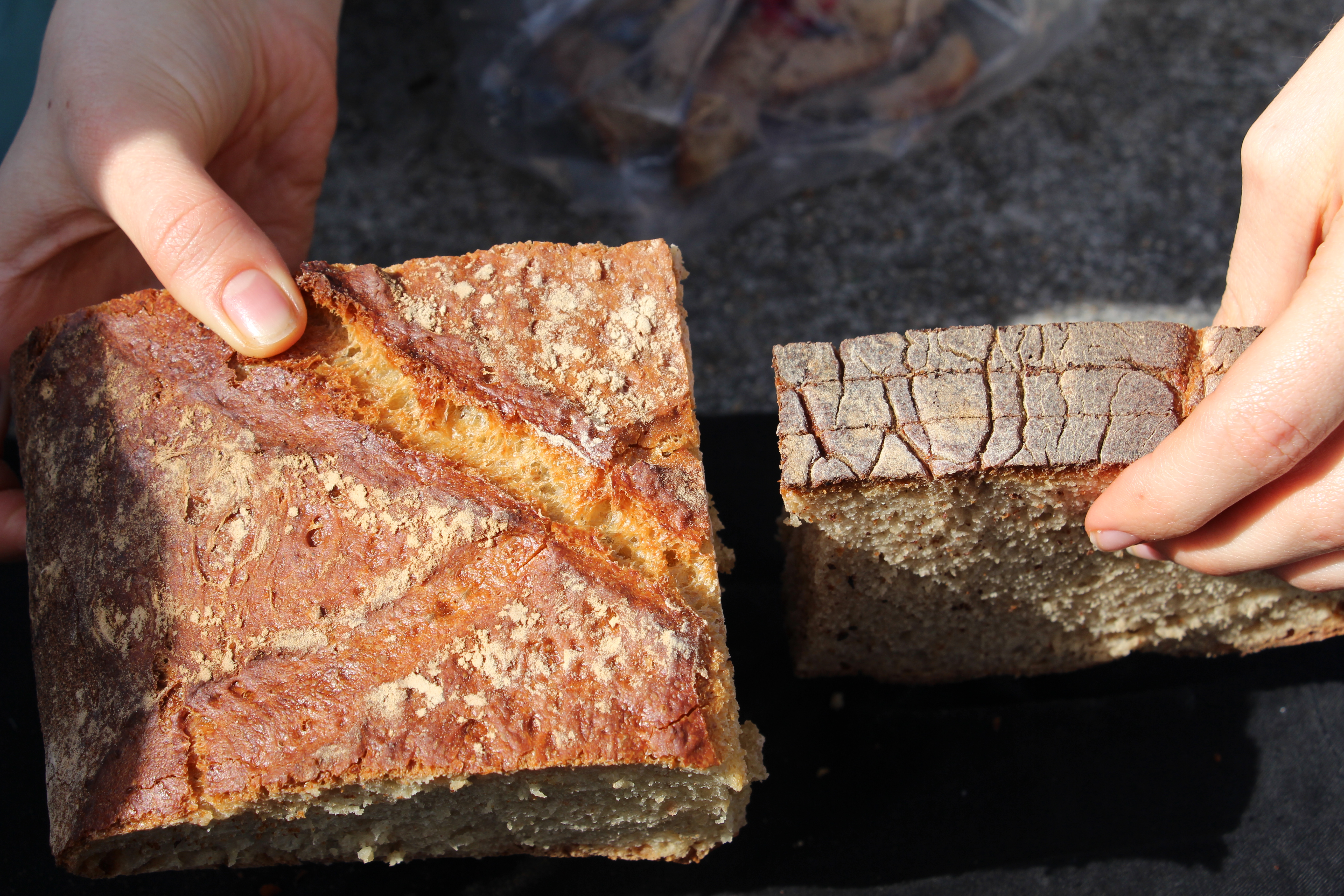People are often under the assumption that anywhere you turn in Paris, you’ll pretty much fall right onto a good loaf of bread. Unfortunately, that’s just not the case.
Bread has been consumed in France throughout history, but it wasn’t until the invention of the baguette at the end of the 19th century that the country began moving towards the industrial version of this staple that would become the norm at the latter half of the 20th century, not in the least because, for most French people, the most important quality in bread was its price: they wanted it cheap.
The price of the baguette was fixed by national decree until 1976, but even the suppression of this decree didn’t change the fact that the baguette is extremely inexpensive: about 80 cents per loaf today. (And one of the ways that journalists show the public whether their elected officials are men of the people is by asking them how much bread costs.) But while it’s all well and good to have access to cheap bread, with the continued industrialization of bread making in France, it’s no surprise that as the price of baguettes have largely stayed the same, the quality of the product has grown worse and worse.
Enter artisanal bakers.
Bakers around France, but especially in Paris, have been working to offer high-quality breads made with unrefined flour and natural yeast. You can see this trend in most Parisian bakeries, with the offering of a baguette tradition alongside the baguette – the former, at about 1.20 Euro, is definitely more expensive, but with a natural yeast, crisp crust, and tender interior, is miles beyond the industrial baguette.
I buy a tradition as a rule, but when I need something more special, I travel a bit further afield for my bread: to the Canal-Saint-Martin, where there are two truly phenomenal bakeries baking up larger, more traditional loaves.
Liberté is located on the rue des Vinaigriers. With its open kitchen and huge plate-glass windows, it’s an inviting locale that sells a beautiful, crusty bread called the “Pain du Coin” or neighborhood bread. (They also sell a variety of truly delicious pastries, but that’s another post for another day).
Du Pain et des Idées, meanwhile, located not far from Liberté, on the rue Yves Toudic, sells a similar loaf called the “Pain des Amis” or friendship bread.
It’s not a secret that these two breads exist; what I didn’t realize until I spoke to some friends who also do food tours in the area is that there’s a friendly competition between them: which bread reigns supreme?
I took it upon myself to find out.
Both breads are sold in whole, half, and quarter loaves. We grabbed a quarter of each and started our comparison.
From the outset, you can see that the breads are physically quite different: the crust of the Pain des Amis, on the left, is far more golden than the Pain du Coin, on the right, which is darker and nearly burnished. The crumb, too, offers a difference in color, but also in texture.
For me, the biggest difference is one that I won’t be able to show you via a blog (maybe in 20 years?): the smell. Both breads smell delicious, but the smell of the Pain des Idées offers a note of smokiness that comes from the wood-burning fire used to cook it.
Flavor-wise, the breads are actually quite similar: the tang of natural yeast, the nuttiness of unrefined flour. The bread from Du Pain et des Idées has a bit more of these flavors than the one from Liberté, which means that, for my palate, at least, it takes home first prize.
I do, however, recommend that you give both a try. A lot of friends – including a truly exquisite cheesemonger who is one of my favorite commerçants de bouche (literally: mouth shopkeepers) – believe that the bread from Liberté is better paired with cheese, given its ability to fade more into the background. I’ll leave that decision up to you.





2 thoughts on “Wednesday Bites: Bread on the Canal Saint-Martin”
Comments are closed.